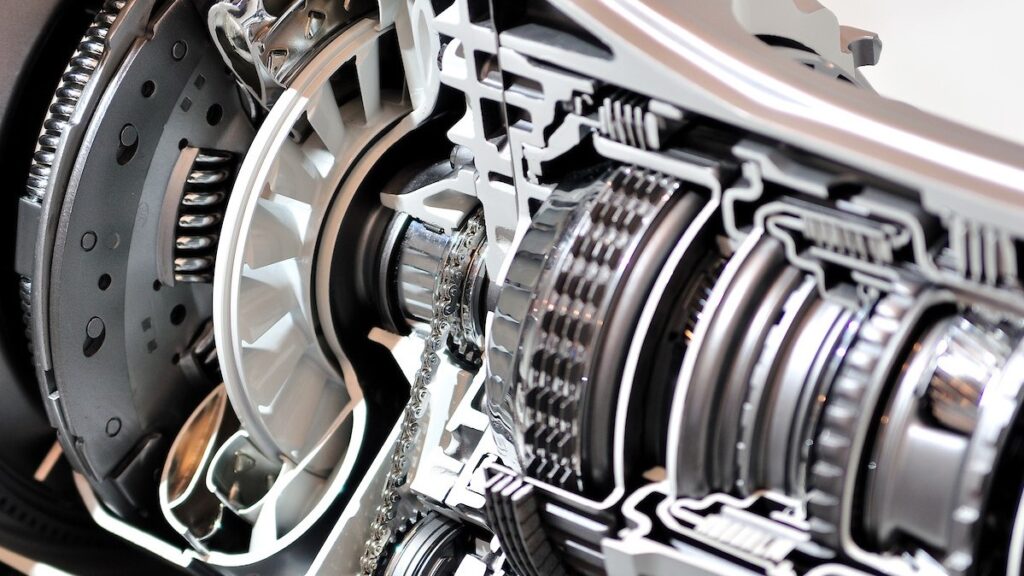Transmission fluid or oil is used for lubricating the components in the car’s transmission for optimal performance. Shifting gears is a strenuous process for the transmission system and it is transmission oil that allows it to shift easily without causing wear on the parts. What are the main functions of transmission oil and how to know if there is a problem with it? Find out in this guide.
Automatic & Manual Transmission Oil
Manual transmission oil has been in existence since the first automobiles were created. Automatic transmission fluid was first created in the 1940s. Both are different and have different roles to play. Manual transmission oil is specifically designed for vehicles that use the clutch and shifter for gear shifts. It cannot be used in an automatic car and the reverse is also true.
How Does Transmission Oil Work?
Transmission oil lubricates the transmission components and protects them when the transmission is in operation. It has a number of functions, as explained here:
Maintaining Hydraulic Pressure
It is the transmission oil that provides the transmission with the hydraulic pressure required for operation. The oil flows throughout the transmission under different pressures. These pressure levels are dependent on the
- Driving conditions
- Engine load
- Gear selection
A manual transmission relies on gears, linkages, and levers which are manually operated to shift gears. An automatic transmission relies on the fluid for its operation.
Lubricating & Cooling Transmission Parts
Transmission oil not only provides the hydraulic force required for the transmission to shift but also offers much-needed lubrication. Besides, it has an important role to play in keeping the inner components cool. All the following functions produce heat and need lubrication and cooling:
- Gear shifts
- Engaging/disengaging transmission
- Rotation of bands and linkages
The oil circulates through small ports and channels inside the transmission. These channels are designed to enable lubrication and cooling of all the key parts. If the transmission oil were not to do its job, the transmission will deteriorate in a short period of time.
Signs of Low Transmission Oil Levels
Transmission oil is important for the proper functioning and long life of your car’s transmission. When you have low transmission fluid levels, it can cause a serious impact on the transmission’s function, leading to costly repairs.
If you experience the following problems, you should get your car checked by an auto mechanic for low transmission oil levels:
- Gear Slippage: When the oil level falls, the hydraulic pressure also falls. This will make it difficult for the transmission to shift effectively and maintain the gear position. The oil provides the pressure required for the proper functioning of the transmission in all gears.
- Slow Shifts: There should be an adequate amount of oil to create the hydraulic force needed to shift gears precisely and quickly. If the oil level is low, it causes slow or sluggish gear shifts.
- Non-Working Transmission: If the transmission fails to work, it can be due to a low oil level. It can fail to engage any transmission gear and will act like the gear is stuck in neutral. This is typically caused when there is no hydraulic force.
- Car Lurching Forward & Falling Backward: Low transmission oil can cause the car to lurch forward and fall backward when driven. This is also known as a surging transmission and is caused due to lack of adequate oil force.
- Surge in Transmission Operating Temperature: As mentioned above, transmission fluid has an important role to play in keeping the transmission system cool. Low level of oil can increase friction and heat, which results in raised transmission operating temperature.
So, when you experience the above-mentioned problems, you should get the transmission oil level checked. Your mechanic should run a thorough diagnosis and suggest whether your car needs an oil top-up or replacement.

